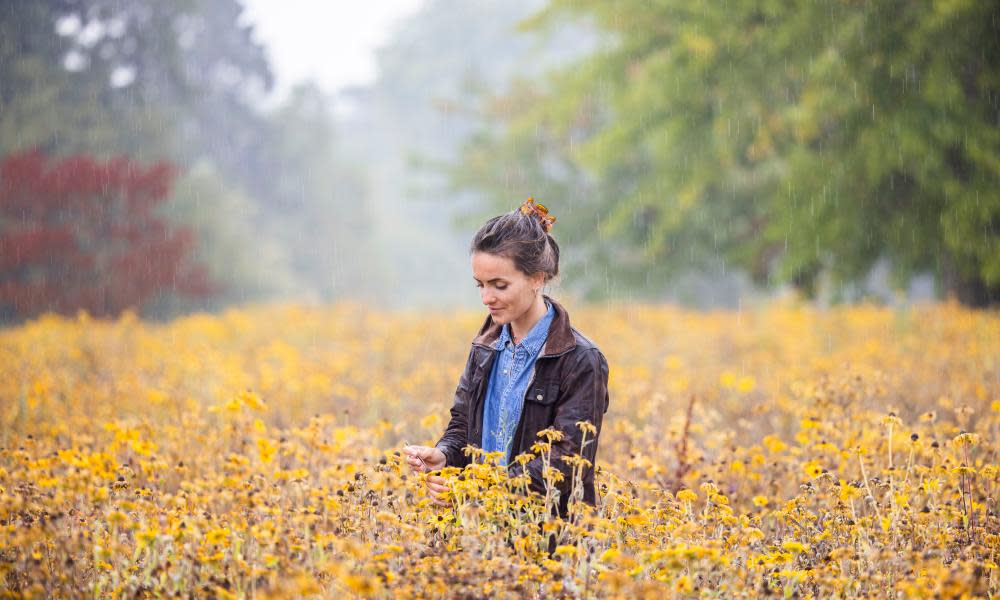Sussex’s Wakehurst reveals its ‘future-proofed’ American prairie grassland

Rapidly rising temperatures has led Wakehurst, which describes itself as “Kew Gardens’ wild garden in the country”, to take decisive action to future-proof its 535 acres in Sussex.
Last year it created a new American prairie grassland, with 12 million seeds, 110 different plant species and more than 50,000 live plants sown into six acres of landscape, and now one year on the results are on display.
“The reason for the prairie was to think about the future and this summer is a really good example of what we think that future will be, which is much hotter and drier,” Wakehurst’s head of landscape and horticulture, Iain Parkinson, told the Guardian.
“We want to create landscapes at Wakehurst that move away from the conventional form of gardening, which requires lots of irrigation, weeding and mulching, to developing landscapes which are more resilient to the changing climate.
“These are landscapes made from live plants that knit together and create a community of plants that will adapt to the conditions and, rather than just survive in summers like this, will actually thrive because those are the conditions they are more used to.”
American gardening expert Larry Weaner, who has experience of restoring prairie grasslands in the US, has been working as a consultant on the biggest project at Wakehurst over the past decade.
Related: Build an ark and ditch the pots: how to save your garden in a drought
However, despite the plants – including little bluestem grass, pale purple coneflowers and rough blazing stars – being naturally adept to warmer climes, Parkinson said the dry summer had already slowed progress.
He said: “It is a bit of a slow burn as developing living plant communities can take up to five years. We are now in year three … We were expecting to see a little bit more diversity appear this year, we think the very hot and dry conditions have actually delayed some germination.
“It’s not that these seeds won’t germinate but they are sitting dormant because the conditions have been very dry. That means the seed either hasn’t germinated or it has germinated and the seedlings are alive but they just haven’t had enough water to turn into a flower above ground.
“We aren’t unduly concerned but it will take many years for it to find its balance. Having said that, it already looks absolutely stunning.”
Pioneer plants, such as black-eyed Susans, have already come through, creating a blaze of yellow flowers across the landscape. In time, those plants will diminish and the grasses start to appear.
However, gardening staff at Wakehurst are already viewing the American prairie experiment as an opportunity to learn how the UK can adapt to drier, hotter summers.
“There are big changes happening at Wakehurst because we can’t pretend that climate change isn’t happening,” Parkinson added. “We have to take action and undertake research, which will inform our decisions moving forward.
“These [prairies] are really resilient landscapes that we are developing and we think this is how everyone will have to garden in the UK moving forward. We can’t rely on irrigating everything to keep it alive; we are going to have to change the way we garden and look at a wider palette of plants.
“Certain trees are more susceptible than others, shallow-rooted trees for example, and some of our collections are struggling. It’s not just the hot summers, we are also seeing wetter, milder and windier winters. It’s not straightforward.”

 Yahoo News
Yahoo News 
